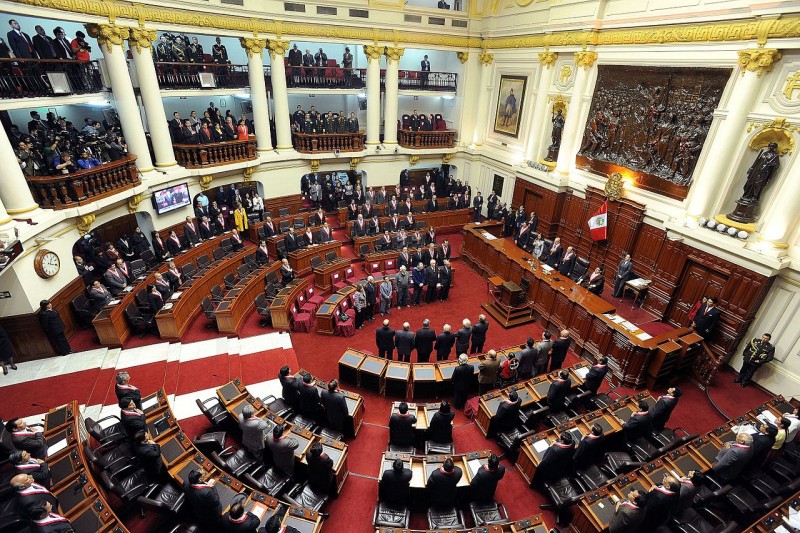kelly-cotton
I
Isabela Padilha Vilela
kelly-cotton
I
Isabela Padilha Vilela
AP Comparative Government 🗳️
90 resourcesSee Units
This is a relatively simple topic, it asks you as a student to be able to identify how executive leaders can be removed by other branches in the course countries.
Before we jump into each country case, we must be able to answer:
What is the importance of the ability to remove the executive?
The possibility of a removal of the executive is significant because it is a way to check on abuses of power committed by those in office. In addition, it is extremely important in holding politicians accountable. Although not ideal, the removal of the executive can increase the public's trust in the government by holding politicians accountable for their actions. It is a process that is usually only put in action in cases of serious misconduct by political leaders.
Now, let us look at the course country examples:
- UK: There is fused 🤲 power of the executive and legislative branch in the UK 🇬🇧; however, the Prime Minister can be removed through something called a confidence motion. When such motion is put to a vote 🙋🙋♀️🙋♂️in the legislature, if a vote of confidence is defeated, or a vote of no confidence is passed, then the incumbent government must resign 🗞️, or call a general election. An example would be in March of 1979 when James Callaghan's referendum on devolution (vocab alert ⏰-the transfer of power to a lower level, particularly from a central government to a regional government in this case) for Scotland 🏴 led to a successful passage of a motion of no-confidence and a defeat in the general election to Margaret Thatcher.
- Russia:🇷🇺 There is the ability of the legislature to impeach the president, and the process is laid out by the consitution. This happened 3️⃣ times, all during the presidency of Boris Yeltsin, it also failed 3️⃣ times! The process begins by the signing of a petition for impeachment by 1/3 of the lower house (the Duma). Then the petition passes to the upper house (the Federation Council), if approved by them, then the matter is referred to the Constitutional Court. If the impeachment is approved, then the Vice-President becomes the ruling President.
- China: 🇨🇳 The National People's Congress has the ability to remove the President, but there is no formal process to follow. If the President or the Premier have to leave office due to circumstances such as illness, the NPC would have to appoint another person to step up in their place.
- Nigeria: 🇳🇬 There is the ability of the legislature to impeach the president through a vote of 2/3 from both the lower and upper house in case there is a "gross misconduct." It has only happened once in Nigeria's history, in 1993, with former President Sheshu Shagari.
- Mexico:🇲🇽 The Constitution 📜 mentions impeachment. In order to impeach the president of Mexico, there would have to be an approval by 2/3 of both lower and upper houses of Congress. This has only happened once in Mexico's history, in 1976, when former president Luis Echeverría was voted to be removed by the lower house (the Chamber of Deputies), but the process was not approved by the upper house (the Senate).
- Iran:🇮🇷 The Supreme Leader 🛐 can be removed by the Assembly of Experts - a body of 88 islamic scholars chosen by the people - but it has never happened. This process is not clearly defined. The President can be removed by the Supreme Leader or the legislature.
Now, we should have a strong understanding of the executive branch, so it is time, to move onto the next branch of government - The Legislative Branch!

Browse Study Guides By Unit
👑Unit 1 – Political Systems, Regimes, & Governments
⚖️Unit 2 – Political Institutions
🙋♀️Unit 3 – Political Culture & Participation
🐘Unit 4 – Party, Electoral Systems, & Citizen Organizations
🏗Unit 5 – Political & Economic Changes & Development
✏️Frequently Asked Questions
📝Exam Skills

© 2023 Fiveable Inc. All rights reserved.